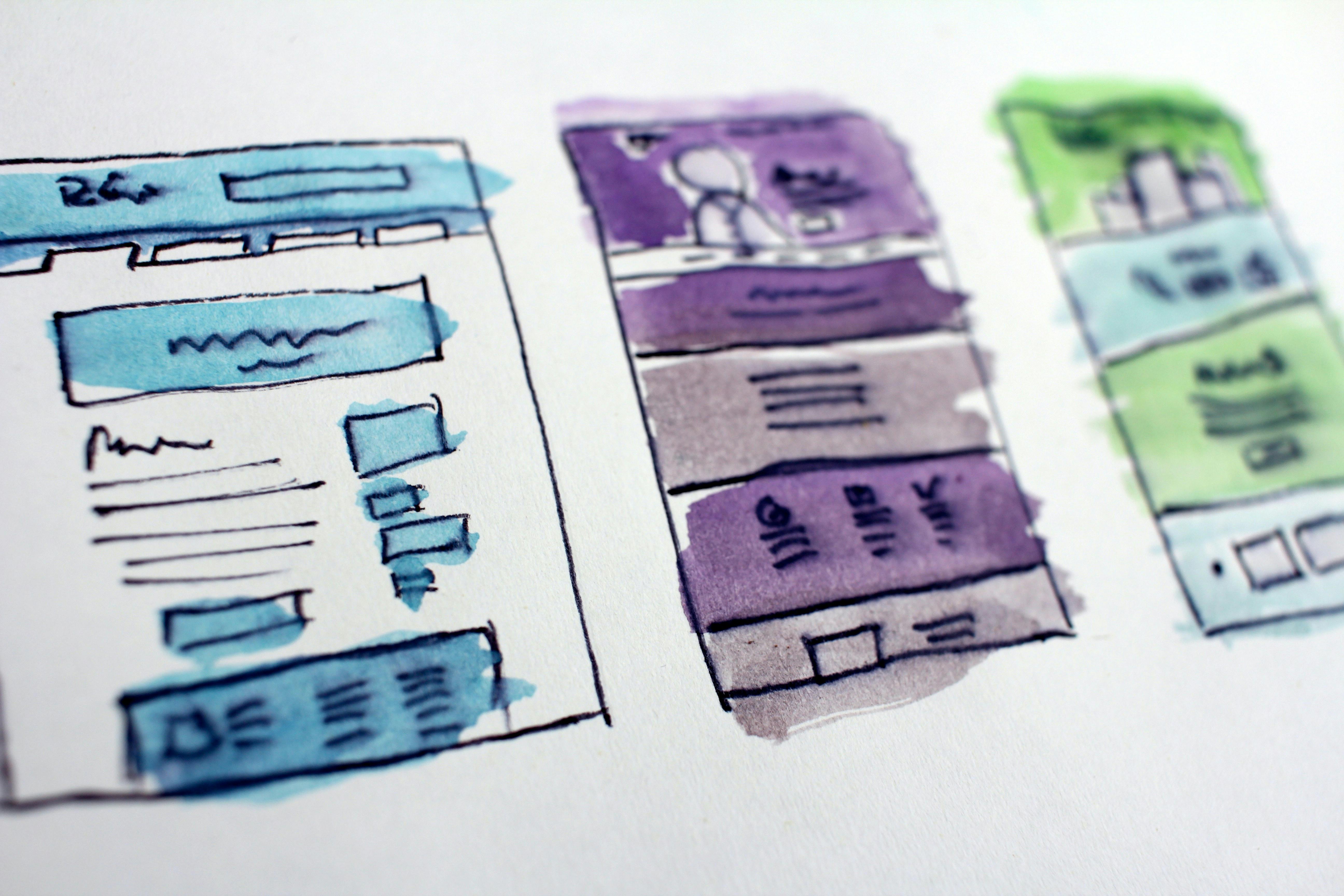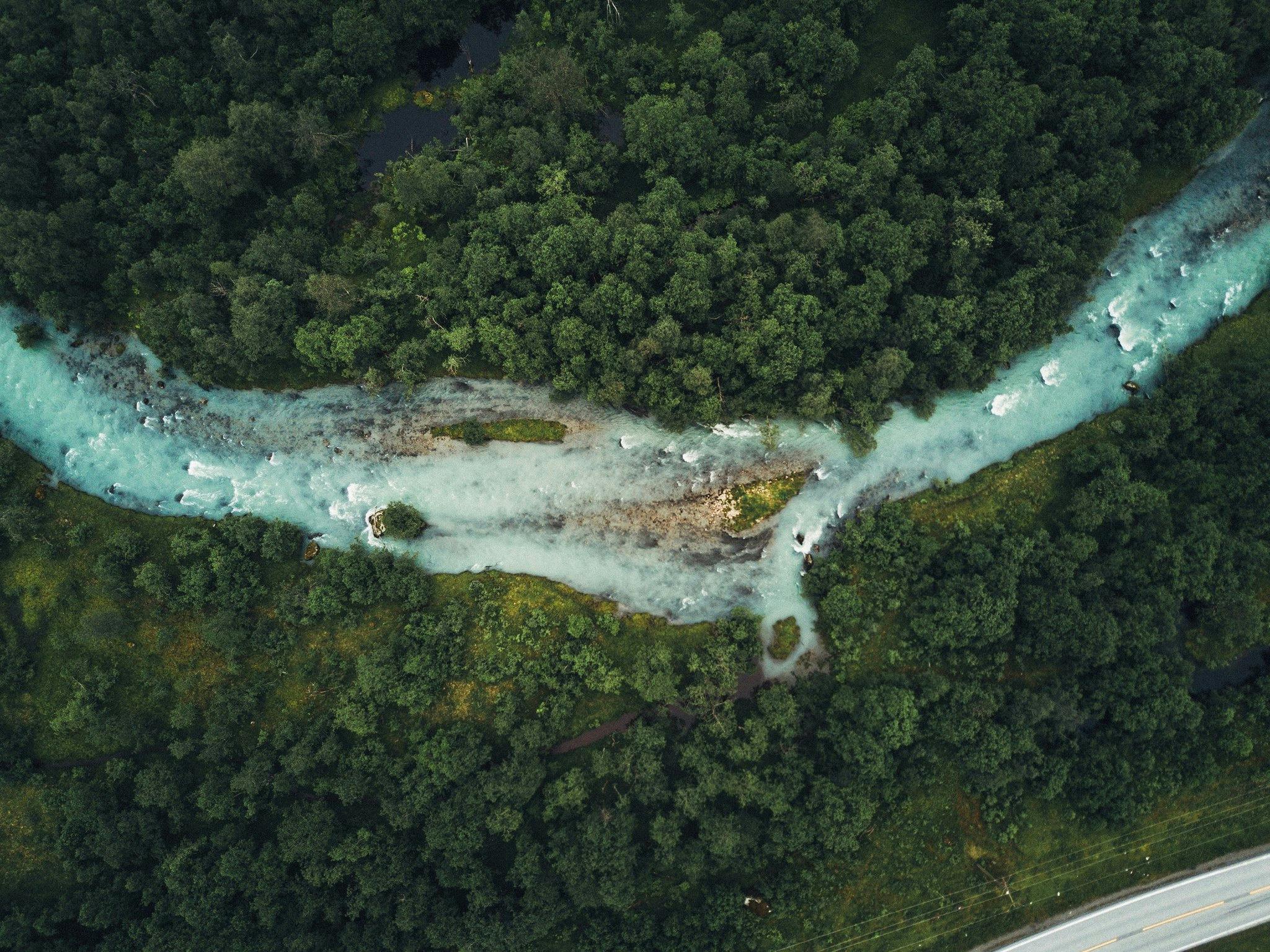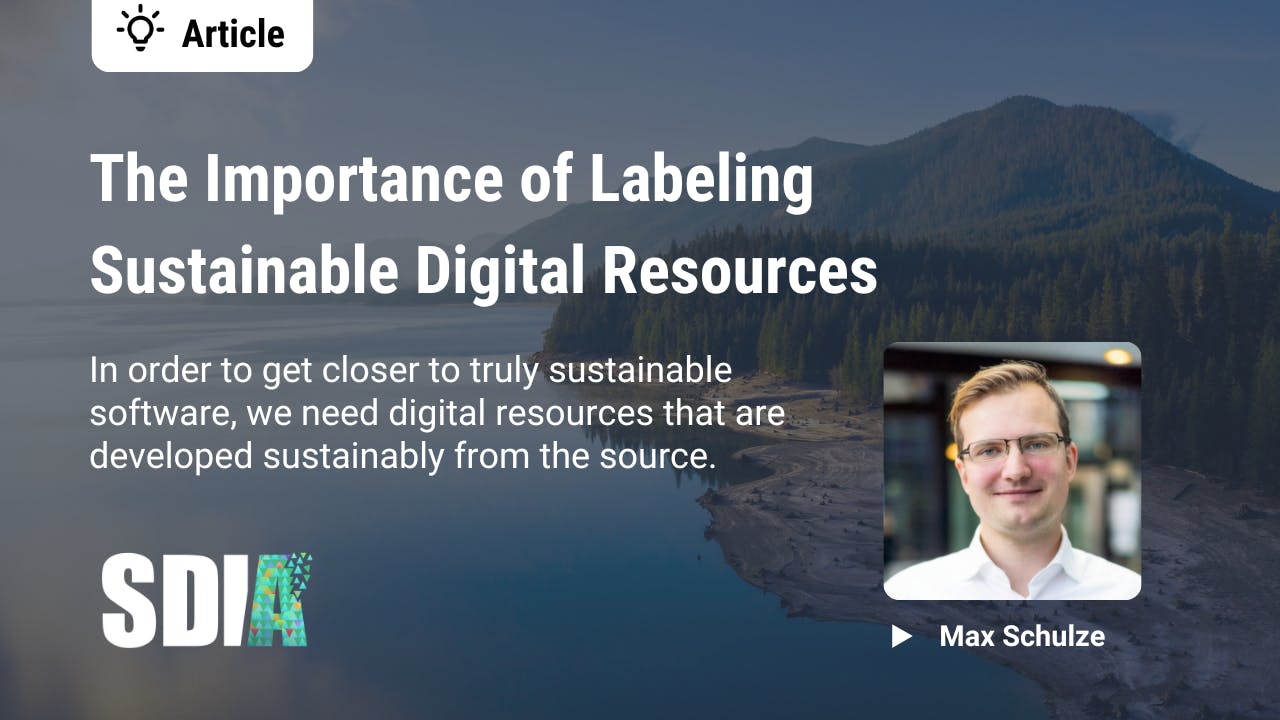The carbon footprint of software is a topic that impacts anyone using digital technology, which deserves significant scrutiny. The computer scientist will quickly move to discussing algorithms. The cloud people will emphasize going serverless or something similar. And our data center colleagues will highlight the merits of virtualization.
These are all valid areas of improvement. We should dedicate time and energy to understand the impact and act accordingly. Yet, there is also something far more insidious in software products as far as both the climate and your wallet is concerned.
Bad User Experience (UX) creates unnecessary waste of time, money, and resources
Madeline Schenck of Microsoft makes the case far more eloquently than I can, but to summarize her insightful observations, consider that 10 minutes, twice per week, totals 17.3 hours per year. With 100 people, this totals is $26k. Even a simple, everyday activity like sharing documents, we can waste an incredible amount of time when the design is flawed.
There is ample evidence in the e-commerce sector, for example, demonstrating that bad UX leads to abandoned virtual shopping carts. When facing bad UX, shoppers often ‘vote with their feet,’ and visit another online marketplace or website instead. Competition thus increases the quality of user experience, but it does not take resource or energy consumption into account, only the number of purchases.
Now consider another example. Enterprise software - it’s often hard to use for the users, a terrible UX. And once installed in a company, it's likely not to improve or disappear for a very long-time. Nor is there incentive to improve it, the complexity is perceived as necessary, training courses are sold. And the inefficiency of the UX and underlying software is accepted. That leads to time wasted - not attributed to the software, but often attributed to the user not being able to use it properly or fast enough. And allows software to exist that is inefficient and wasteful with resources. If you take the example from e-commerce, in this environment, the user of the system can not vote with their feet, it is IT that makes the choice, without actually using the system and having no measure of its resource- & time-efficiency. Is it time for software vendors to re-think?
Solving the challenge through competition and government leadership
The easiest approach to solving the problem of poorly designed and inefficient UX and the resource consumption of software is through competition. If it is cheap to move from one product to another, we will stop accepting a subpar and poorly designed experience. The second-best way is the government taking a leadership role in setting the standard of UX for its constituents.
To aptly illustrate the power this has to foster change, consider two examples. The first is Netflix. Before streaming movies became the norm, we had to buy or rent DVDs, a physical medium (for those who don’t remember) that wasted many valuable resources while generating electronic waste (e-waste) when disposed of improperly. Of course, digital media does require resources to be delivered, but are arguably an order of magnitude more sustainable. I argue that the only reason why Netflix has become such a success is that they improved the experience of consuming movies.
The second example is the municipality of Haarlem in the Netherlands. It used to be cumbersome to get a birth certificate. You would have to go in person to the municipality, wait in line, explain what you came for, wait for the certificate to be printed, stamped, and signed, etc. This is no longer the case, however. Now, a Haarlem resident can go online, request a birth certificate, pay via online banking, and get the paper mailed directly to their home.
By making simple changes to the User Experience, in-numerous amounts of hours per year, for thousands of people are saved, and many resources along with it. That is a significant reduction in a carbon footprint, all by serving your users as best you can.
And that is just the start. These two examples highlight the importance of trade offs, but also that increasing the efficiency of processes can have a significant impact.
A simple starting point: Your website.
When it comes to building a more sustainable website, recognize that making the website and its underlying infrastructure more carbon friendly, as well as being better for the planet, also makes the website cheaper to run, improves load times and performance, and provides a better content experience for users.
Pull your site through the Website Carbon Calculator, for example, to see how you can improve its carbon footprint, and choose a greener web host. And read Michael Oghia’s article on why you should join ClimateAction.tech.
One of many challenges addressed in our Roadmap
Software along with many other elements such as energy, data center infrastructure, and IT hardware must adapt to realize a sustainable digital economy. Organizations across industries and borders are committing themselves to implement the SDIA’s roadmap to a sustainable digital economy by 2030.
What will you contribute?
Let us know in the comments below! 👇


.jpg?ixlib=gatsbyFP&auto=compress%2Cformat&fit=max&rect=0%2C44%2C600%2C800&w=600&h=800)

